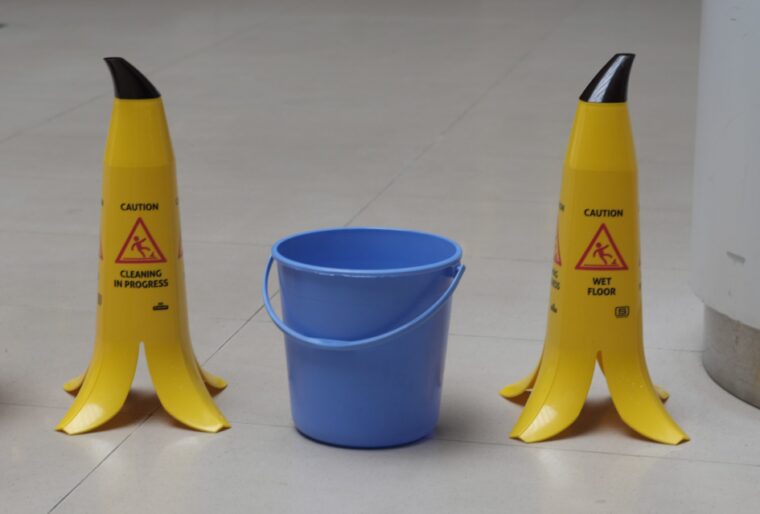
As we get closer to spring weather and the snow starts to melt, leaks can become a serious threat to a building, stopping work, causing internal damage, and forcing expensive repairs. If you get a leak and are not sure where it’s coming from, there are a few things you can do to get to the source and determine the best course of action.
Finding a pattern
The first step in locating the source of your leak is trying to determine whether it is a plumbing leak or a weather-related leak. Do you only get water inside the building when it rains, the snow melts, or you experience extreme weather? Noticing the pattern will help you narrow down a few places you can look to locate the source.
Plumbing leaks mean water could be coming from your ductwork, so check to see whether there is condensation and that will hint at the source. Are you seeing water coming through the foundation? If so, it could be groundwater leaking into your building.
Knowing your building
If you are getting leaks or see water stains in the ceiling, knowing how your building is built can help you investigate. Just because it’s coming from above, that does not necessarily mean it is coming from your roof. Conversely, a roof leak does not always look like a dripping ceiling. Water can travel through the building before you see it on the interior, so knowing where your plumbing lines, mechanical lines, and where storm drains are can help you determine the source of the leak by process of elimination.
Narrowing down the location
Before you call in a professional to properly address the leak, it’s helpful to get as close to narrowing down the location of the leak as possible. When you have a general idea of the area, conduct a visual check to look for obvious sources like missing caulking, holes, or exterior damage that could be the cause.
If you suspect the source, you may want to conduct a water test to try and confirm. This involves spraying water from a hose on the suspected area to see whether this exacerbates the leak. If it does, you know you’ve found the source and can take action to have it fixed.
If you have water inside your building, you need to take care of it before it causes expensive interior damage, stops business, or threatens the integrity of your building. Determining the source can save the time it takes to repair the area once you decide the best course of action.
The post Looking at leaks in your building appeared first on REMINET.








0 Comments